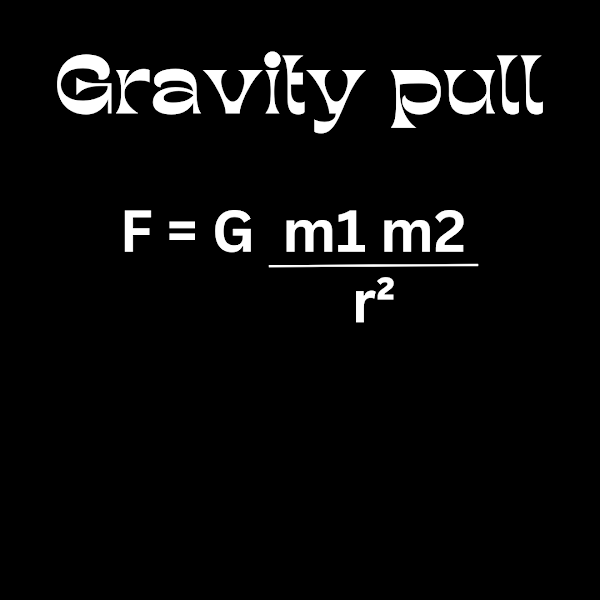If two people are moving in opposite directions at the same speed and they start their watches at the same time, will their watches show the same time or different times?
If two people are moving in opposite directions at the same speed, and assuming they are both moving at speeds much less than the speed of light, their watches will show the same time. This is because the effects of time dilation due to their relative motion are negligible at everyday speeds.
However, according to Einstein's theory of relativity, time dilation becomes significant only at speeds approaching the speed of light. In the scenario where they are moving at ordinary speeds (e.g., walking or driving), the time dilation effect is so small that it would be imperceptible.
So, for all practical purposes, the two people’s watches will show the same time when they compare them. But if they were traveling at a significant fraction of the speed of light (close to 30,000 km/s or more), their watches would show different times due to time dilation, with the person moving at a high speed experiencing time passing more slowly relative to the other.
If two people are moving in opposite directions at the same speed and they start their watches at the same time, will their watches show the same time or different times?
If we consider only classical physics (Newtonian mechanics), both watches will always show the same time because time is absolute in this framework.
However, in the context of special relativity, the answer depends on the details of their motion:
-
If both people move at the same constant speed in opposite directions (relative to some initial reference frame, like the ground), and there are no accelerations involved, then in their own frames, their watches will continue to tick normally. Due to the symmetry of the situation, each person will perceive the other's clock as ticking more slowly (time dilation), but if they later reunite, their clocks will show the same time.
-
If they change speeds or one of them accelerates to reunite, then asymmetries arise due to acceleration, and their clocks may show different times when they meet again. This is similar to the twin paradox, where the twin who undergoes acceleration (changing frames) ends up with less elapsed time.
So, under purely symmetric motion at constant speed, the watches will agree if they reunite. But if there is acceleration involved, the clock readings could differ.



